The former residence of influential physician Mao Chao-chuan, an 85-year-old house located in Tainan’s Lioujia District, has recently undergone a two-year restoration to transform it into the “Chuan Residence 1936 Youth Co-creativity Base.” As well as being run by local youth, the building will serve the local community as a heritage museum and library, and as an exhibition and performance space for local arts and culture.
Mao’s father, Mao Wei-lin, was the head of what was then Lioujia Village during the Japanese colonial era. After attaining a medical degree in Japan, Mao Chao-chuan returned to Lioujia Village to practise medicine and went on to become a Tainan City councilor after World War II. The Mao family married into the families of Wu Hsin-jung — a famous physician and contributing writer to the Taiwanese literary journal **Literature of the Saline Land** — and physician Wang King-ho, known as the “father of blackfoot disease.”
In 2018, the building’s current owners, married couple Lee Ya-hui and Wu Chih-cheng, learned that the Mao family home was up for sale and entered into negotiations to purchase the property.
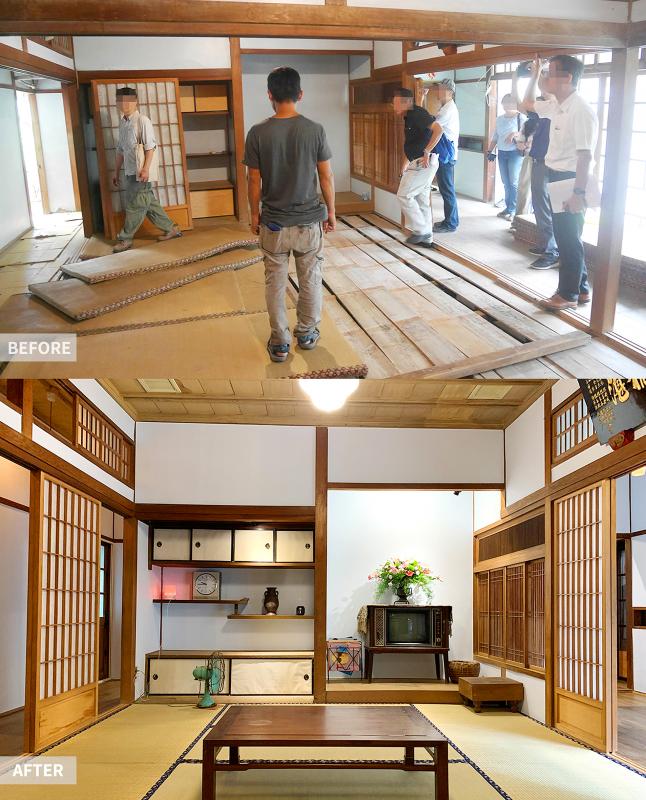
Photo courtesy of Tainan City Government Cultural Affairs Bureau 照片:台南市政府文化局提供
In 2019, Lee and Wu obtained a grant from the Ministry of Culture to cover 50 percent of the restoration costs and received an additional 20 percent subsidy from Tainan City Government Cultural Affairs Bureau. With funding secured, a two-year restoration project commenced.
The main timber-framed building was built during the 1930s in the Japanese style, using a monochrome color scheme and incorporating decorative elements in pale yellow hues. The adjoining outhouse is constructed from reinforced concrete in the modern style, with large windows and S-shaped balustrades, and faced with pale yellow ceramic tiles, imbuing it with a 1960s design aesthetic.
(Liberty Times, translated by Edward Jones)
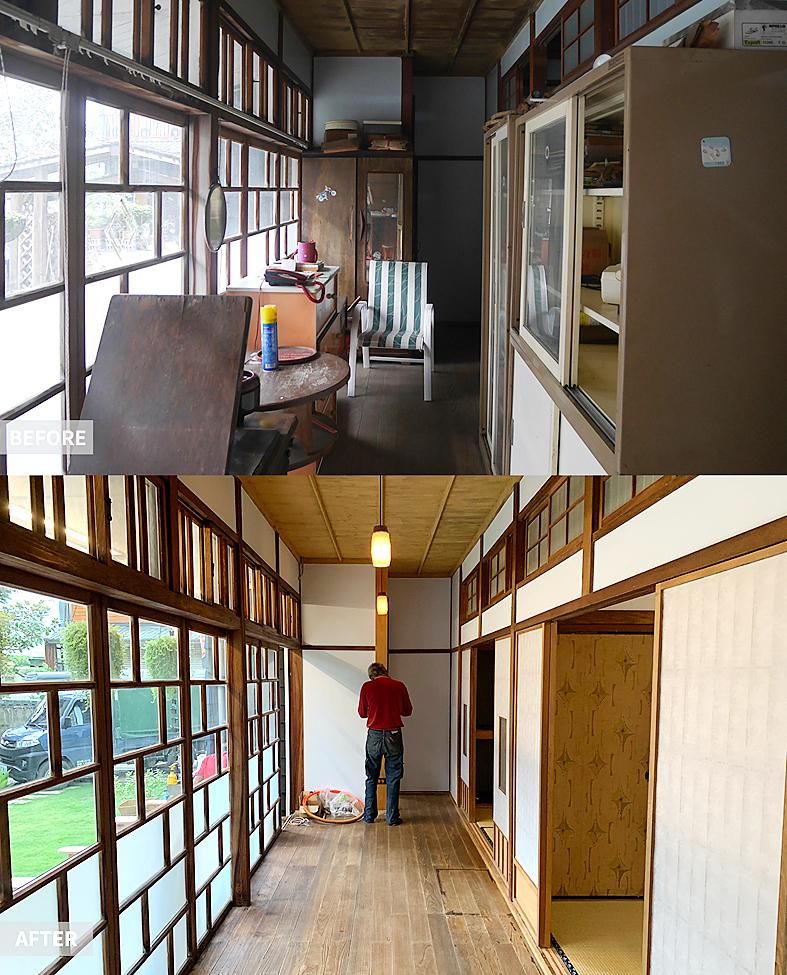
Photo courtesy of Tainan City Government Cultural Affairs Bureau 照片:台南市政府文化局提供
有八十五年歷史的六甲區望族毛昭川故居,歷經將近兩年的整修計畫,最近修復完工,後續將化身為「川宅一九三六青年共創基地」,除了由在地青年進駐營運,也將與社區合作,發展文物館、圖書館、藝文展演等相關使用,與在地情感連結。
毛昭川的父親毛維麟,為日治時期六甲庄長,毛昭川於日本取得醫師資格後回鄉從醫,戰後曾任台南縣議員;毛家並與「鹽份地帶文學家」吳新榮醫師、「烏腳病之父」王金河醫師聯姻。
二○一八年,現任屋主李雅惠、吳志成夫婦得知川宅要出售即洽談購得。
二○一九年,該夫婦獲文化部補助毛醫師故居百分之五十修復經費,台南市政府增額補助百分之二十,展開將近兩年的修復工程。
故居的主棟木造建築約建於三○年代,為日本樣式造型,以黑白色系點綴淺黃色系,附屬建築則為鋼筋混凝土結構的現代樣式造型,大面窗戶開口、S符號金屬欄杆、淺黃色磁磚搭配呈現六○年代設計語彙。
(自由時報劉婉君)

After the death of Pope Francis on April 21, the Vatican’s papal conclave on May 8 elected a new leader for the Catholic Church. Chicago-born Robert Francis Prevost, who chose to be called Leo XIV, became the 267th pope, spiritual leader of the world’s 1.4 billion Catholics. But what exactly does a pope do? Here is a rundown of his main responsibilities. CATHOLIC LEADER The word pope comes from the Greek “pappas,” meaning “father, patriarch,” which is why believers call him the Holy Father. He is considered the successor of St Peter, to whom Jesus Christ is said to have entrusted
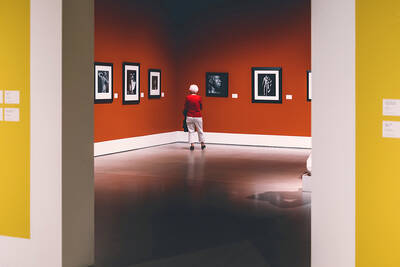
Have you ever wondered who decides what we see in a museum or how one artwork seamlessly connects to the next? Behind every thoughtfully arranged gallery space stands a curator, a skilled professional who combines art and storytelling to craft meaningful experiences. The term “curator” originates from the Latin word cura, meaning “to care.” Curators were originally caretakers of museum collections, but over time, their role has grown to include a broad range of responsibilities that extend far beyond preservation. Today, curators manage, organize and interpret collections in cultural institutions like museums and libraries. They research, acquire and catalogue
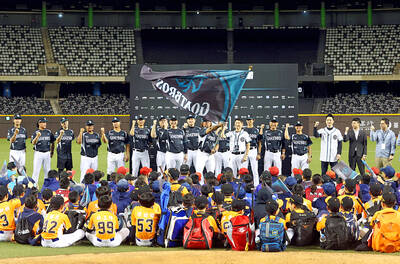
A: The 2025 World Masters Games will begin on May 17 and run until May 30. B: World Masters Games? A: It’s a quadrennial multi-sport event for people over 30, which will be jointly held by Taipei and New Taipei City. B: Cool, maybe we can go cheer for all the athletes from home and abroad. A: There will be an athletes’ parade in downtown Taipei prior to the opening ceremony on Saturday. Let’s go then. A: 2025雙北世界壯年運動會5月17日開幕,持續至5月30日閉幕。 B: 世壯運? A: 這是四年一度、以30歲以上青壯年為主的運動會,本屆是由台北市和新北市共同舉辦。 B: 好酷喔,我們去幫來自國內外的選手們加油吧! A: 週六在台北市區會有選手遊行,之後是開幕典禮,我們去看吧。 (By Eddy Chang, Taipei Times/台北時報張迪)
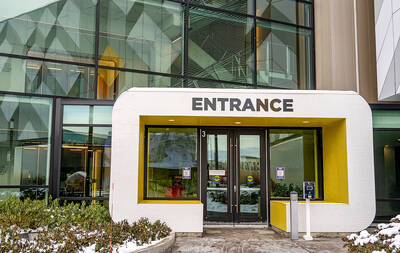
Continued from yesterday(延續自昨日) https://www.taipeitimes.com/News/lang However, not every toy has its moment. Some fans were __8__ that simple classics like balloons—a universal symbol of celebrations—haven’t made the cut yet. With their lightweight charms and transformative puffs of air, balloons have __9__ millions for decades and will have to wait at least another year for a chance to be inducted. As the Toy Hall of Fame continues to celebrate toys that __10__ creativity and joy, we can only wonder which treasures will earn a spot next. Will the widely adored balloon finally take its place in 2025? Only time will tell, but one thing is